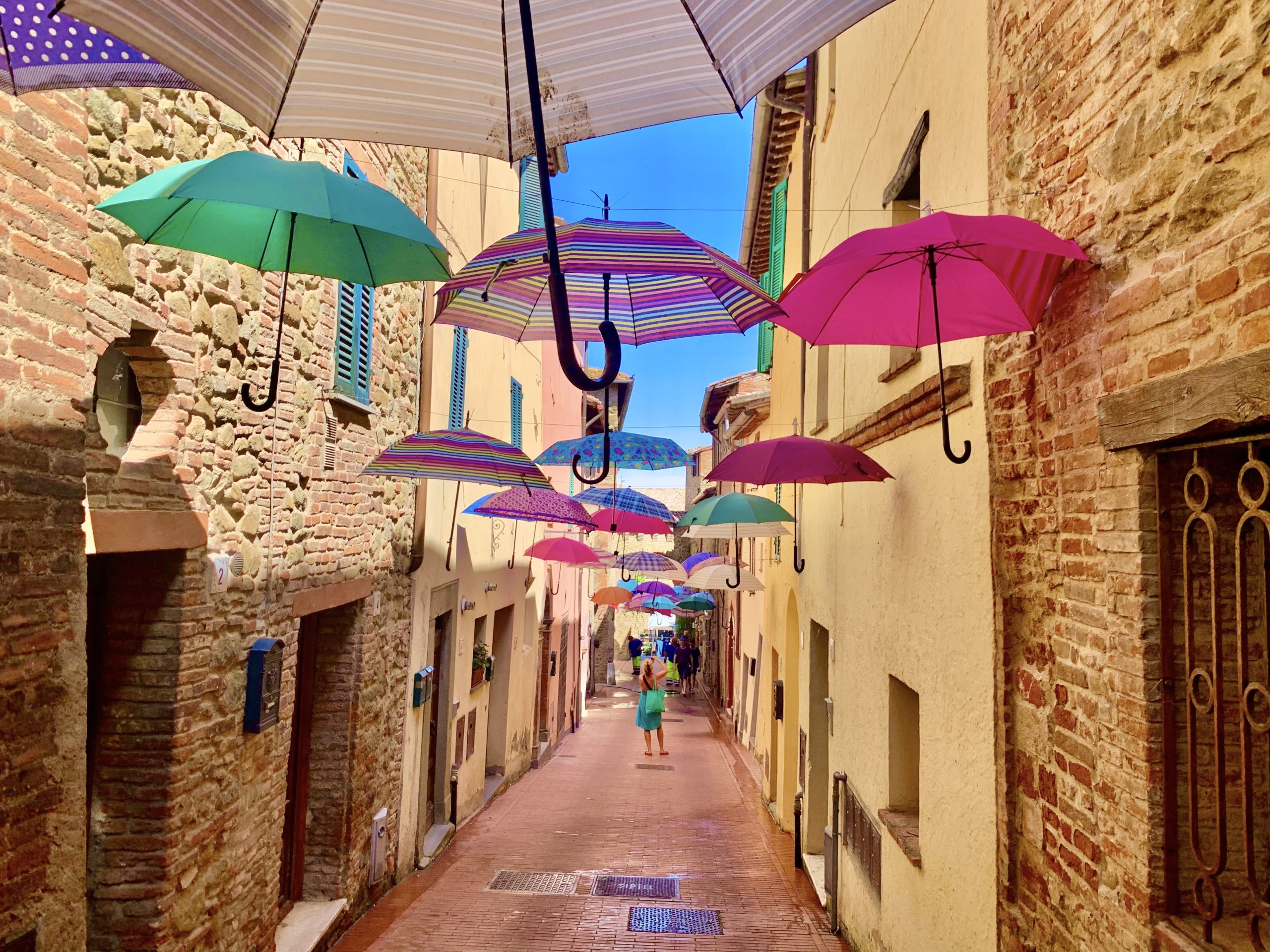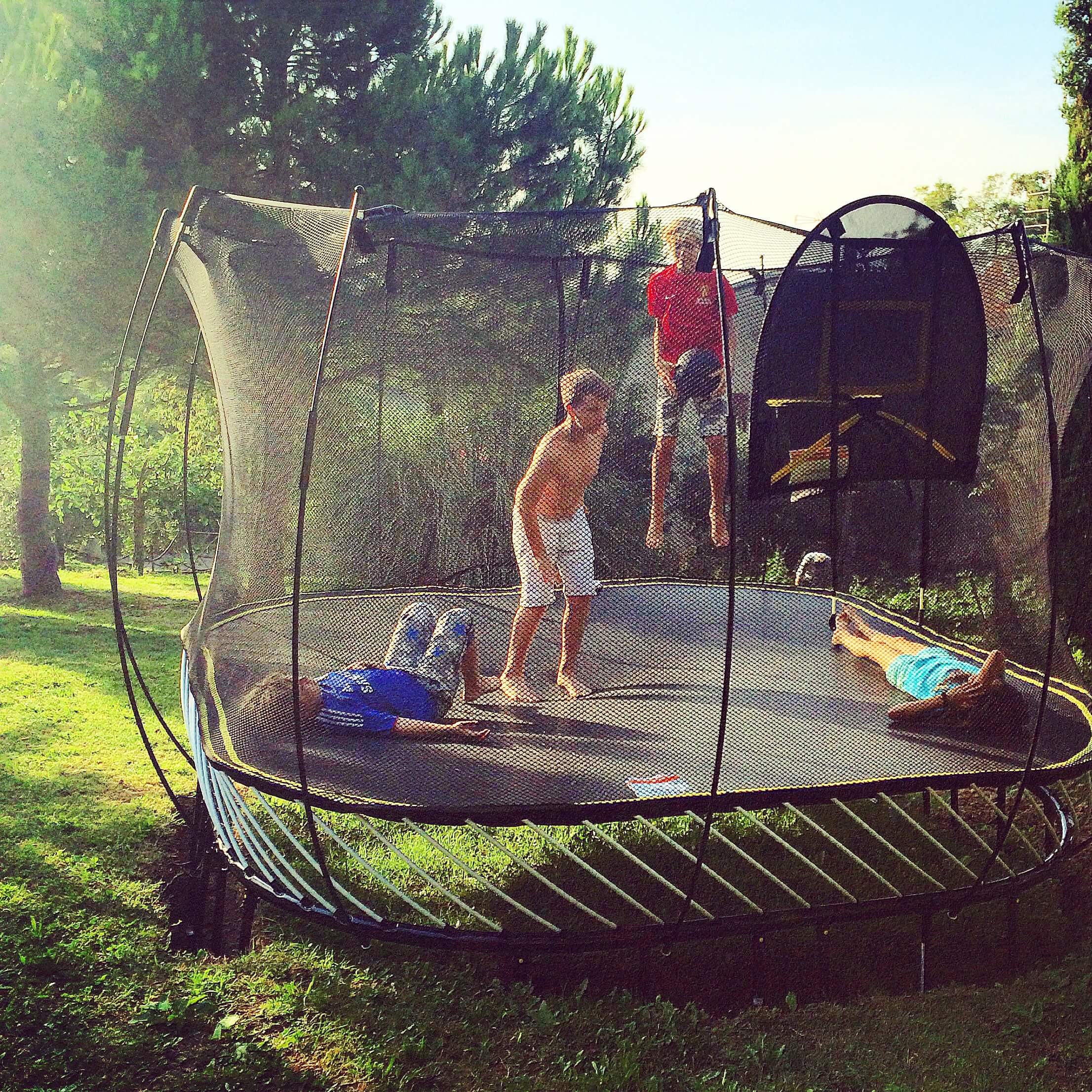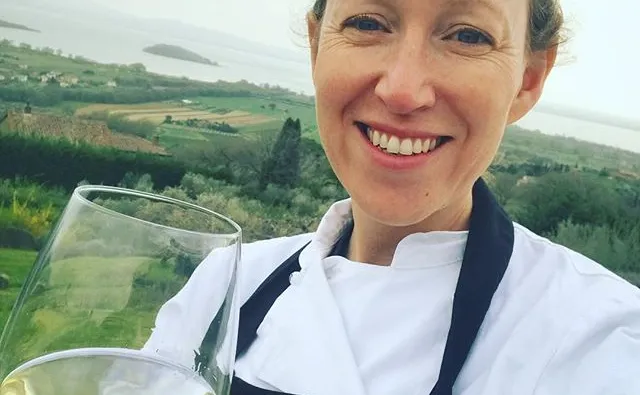
From Hobs in the Hub Philadelphia to the Pasta Pots of Umbria: An Interview with Super-Chef, Jennifer McIlvaine about Umbrian Food and Wine
Jennifer’s journey from The U.S, to the Green Heart of Italy is a tale of passion, resilience, and sheer hard work. In this exclusive interview she offers insights into Umbrian food and wine, and shares a few tasty morsels about what she has learned along the way.
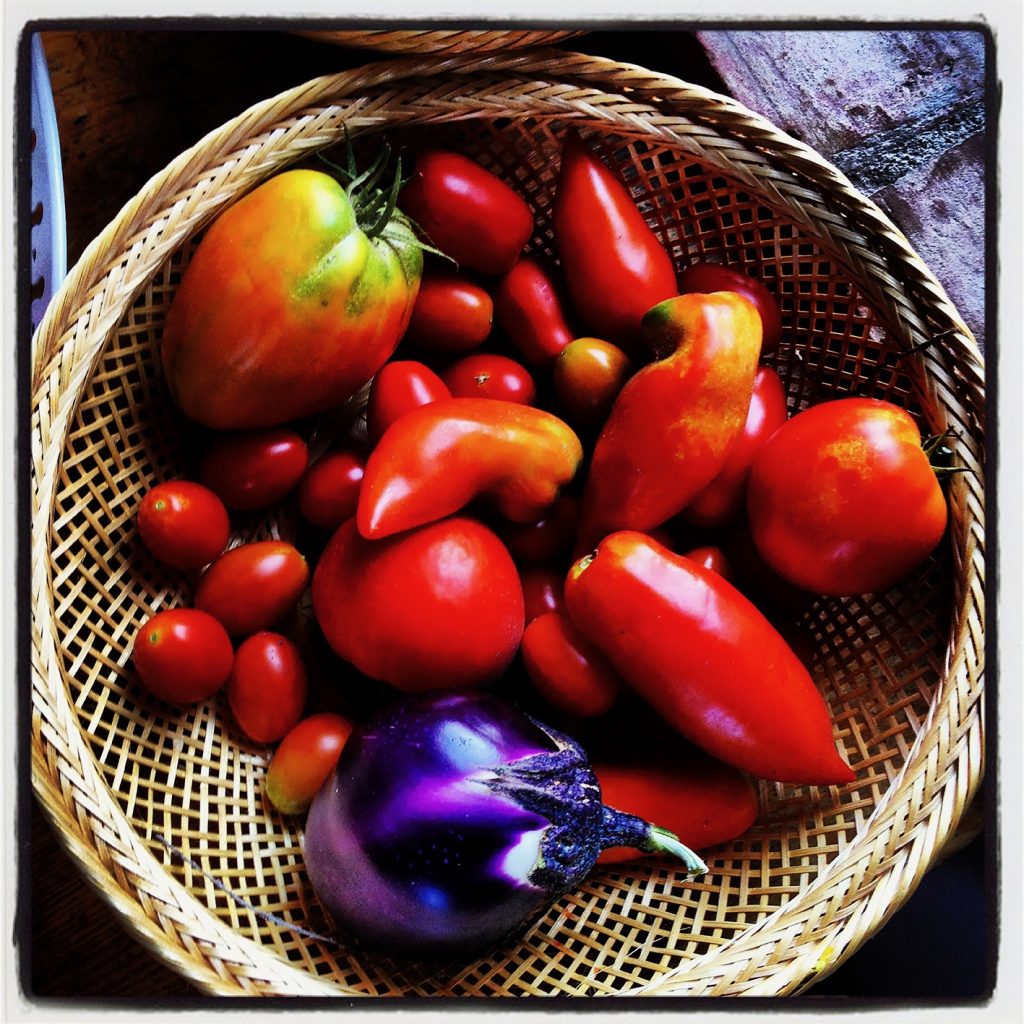
An interest in organic produce and local flavours led Jennifer to Siena in Tuscany for an internship. However, it was Umbria that ultimately stole her heart. I talk to her about how she not only survived; but thrived…
Why did you become a chef?
“I was a dance major at university. But I dropped out because I was always throwing food parties with my roommate – so I decided to enroll in cooking school.”
Did you always love Italian food?
“Growing up in Philadelphia is growing up with Italian food culture—it is everywhere. Of course, once in Italy, one realises how different and diverse it is from Italian food in the States.”
How did you journey from being a professional chef in Philadelphia to Umbria?
“After working in Philadelphia, I moved to Seattle for five years. There, I opened my first business, Bruschettina, selling bruschetta in local farmers markets. Based on that business, I won an internship through the Women Chefs & Restaurateurs Association to work in Italy. And I stayed!”
What do you love about Umbria?
“You can be in a city-like environment – then, in five minutes, be in the countryside with no one around. It’s the best of both worlds!”
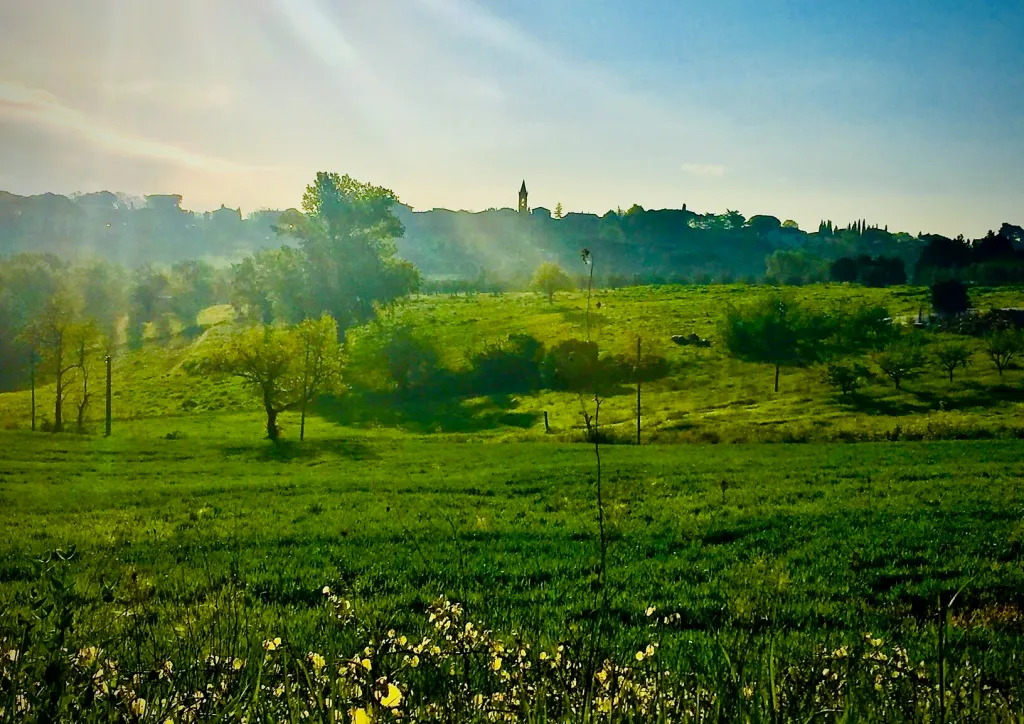
Why did you leave Osteria Il Bacco Felice to opening your own trattoria in Foligno?
“Anyone who knows Salvatore Denaro from Il Bacco Felice will understand this: He fired me three times because I was cleaning too much!” (Laughs)
How difficult was it to set up your own restaurant?
“The difficulties always lie in the never-ending tangle of Italian bureaucracy and paperwork.”
Life Italian Style: Umbrian Food and Wine
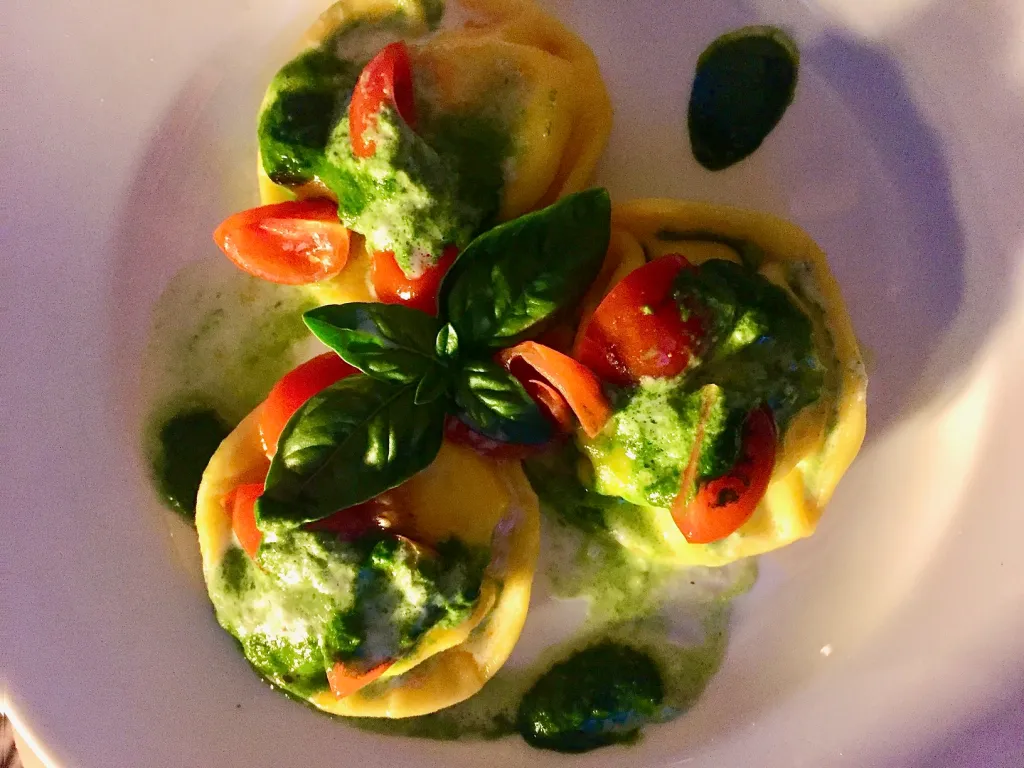
Life Italian Style began as a blog about Jennifer’s new life in Italy. (The name is a spin-off from one of her favourite Sophia Loren & Marcello Mastroianni films, Marriage Italian Style). What began as a record of her experiences travelling around Umbria meeting with the suppliers of meat and produce for her restaurant and cooking classes, developed into much more.
How has Life Italian Style evolved since 2011?
“To grow the business, I dug deeper into Umbria to find small, off-the-beaten-path producers. This helped me learn even more about the region and I became a sort-of expert on Umbrian food and wine.”
Le Barbatelle Wine Bar in Bevagna. And how did you navigate the challenges brought on by the pandemic?
“After my interviews in Forbes in 2018 & 2019, Life Italian Style exploded. It was almost too much, and I wanted to find a place of my own to use as a base. I used to frequent Le Barbatelle, and the girls who owned it had decided to sell. I jumped on the opportunity with help from my US-based partner Terrie Viets. Unfortunately, (with the pandemic hot on their tails) we signed the sale agreement in January 2020 with plans to reopen in mid-March. I ended up opening (barely!) on May 30, 2020. Then was closed, then open, then closed, then sort of open, then closed, then opened… Psychologically, it was very difficult because we had two solid years of uncertainty.”
What sets Umbrian food and wine apart, and how do you collaborate with locals to preserve and share traditional recipes?
“Umbrian cuisine is very simple, with a focus on seasonality. I do my best to shop locally at the markets and continue using traditional recipes. Sometimes reinvented, but always with an Umbrian base.”
What do you see as the main differences in American and Italian food culture?
“American food culture is a melting pot of hundreds of cultures. I think Americans like the blending of cultures in their food. Italian food culture is much more insular and regionally specific. For example, for the most part, Umbrians like to eat Umbrian food. Those who live in the central valley like the products from their area only – everything else is foreign!”
Gusto Wine Tours: Umbrian Wine
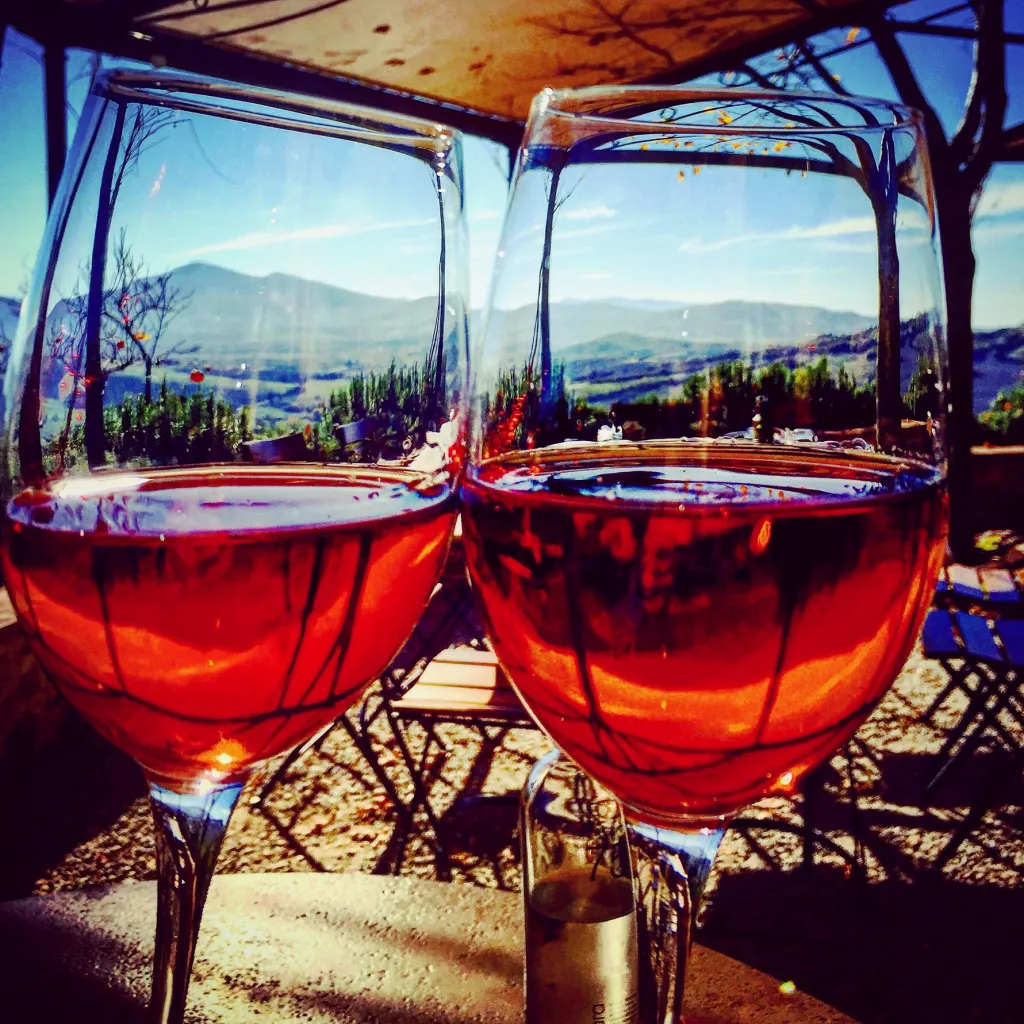
Recently you have added Gusto Wine Tours into the Life Italian Style portfolio – how and why did you do that?
“It was a very natural transition. I worked with Mark & Giselle Stafford (founders) of Gusto in the past, and since I do my own food tours, adding the wine component just makes the business more complete!”
Do you know a lot about wine as a result of moving to Italy, or did you know about wine before?
“I thought I knew about wine until I moved here, and then realised how much I did not know. I learned – and continue to learn. Even though I took a sommelier course years ago, I am now completing a course to become a professional wine taster.”
Umbrian wine generally is not as famous as its Tuscan cousins – why is that?
“Umbria, historically, has not been great at promoting itself. Tuscany has the jump on Umbria for all aspects of tourism, wine included.”
What would you like people to know about Umbrian wine?
“Umbria is a fairly young wine region – it is still evolving! A few wineries started to get serious around the late 1970s / early 1980s. Before that it was all country jug wine. Now we find a lot of young producers in the area. Even some of the more established wineries are still ‘experimenting’ so there is always something new to try!”
Tell me what people can expect from a Gusto Wine Tour.
“A memorable day out in the Umbrian countryside, learning not only about Umbrian wines but also about the local people and their families who make the wine – it is a very personal and fun experience!”
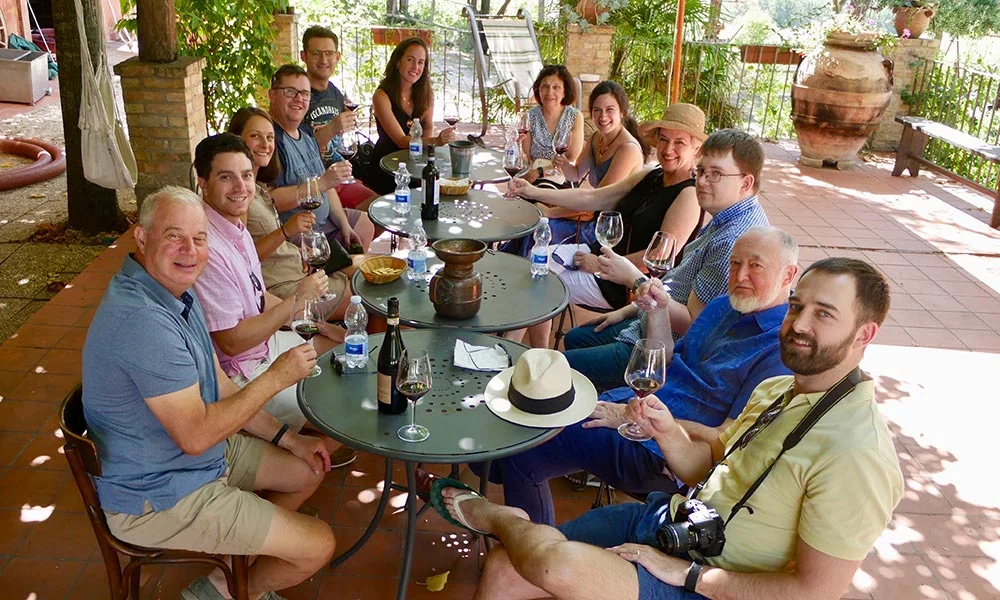
Are your tours specifically to vineyards growing Sagrantino di Montefalco grapes?
“No, in the Montefalco area, we focus on all of the local wines, so we include the whites too: Trebbiano Spoletino and Grechetto, as well as the main reds: Montefalco Rosso, Montefalco Rosso Riserva, and Sagrantino. Since we also share the valley with the prestigious Torgiano DOCG zone, we also visit wineries in that area.”
You have added a wine club! Tell me more about how it works and how you select the wines
“Gusto Wine Club is a non-subscription wine club, so a financial commitment is not necessary. You can just follow along on Instagram or Facebook for the monthly selection and email me your order! Most of the wines are from my collection at my wine bar Le Barbatelle, and I try to choose a theme per month. The first month was all Umbrian wines. Then this month I chose Northern Italy because they are a lighter style of wine that I like to drink in the spring. I am toying with the idea of doing an all Rosé box. No matter what, I always include at least one Umbrian wine to promote the area!”
Private Chef to Prepare Delicious Umbrian Food
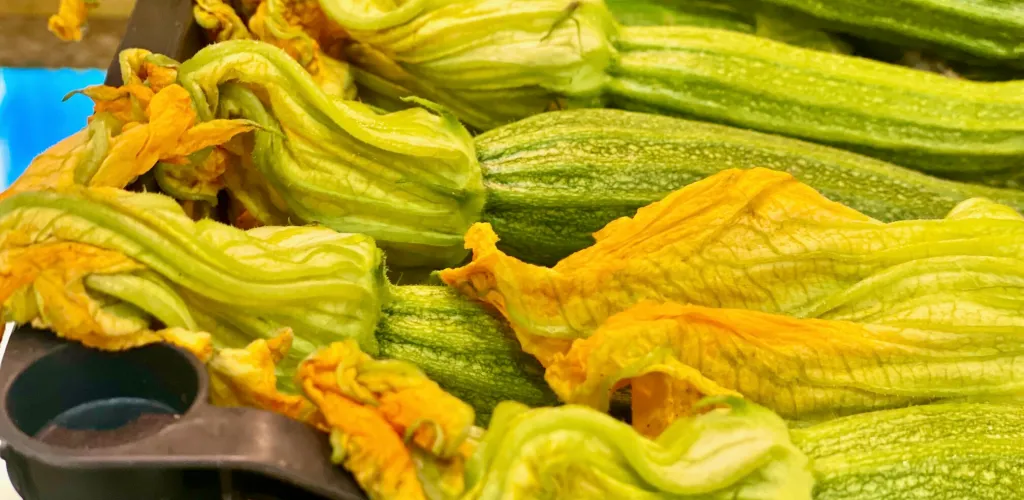
Are your private chef services available for villa rentals all over Umbria?
“Unfortunately, I do not service all of Umbria—the region is just a little too big. I usually set the limit at about a 50-60 minute drive from the central valley area.”
What types of dishes are typically included in the mixed antipasto course?
“My menu options are very seasonal. For example, in the spring, we may see ricotta-stuffed zucchini blossoms or braised artichokes, while in the summer, we have eggplant and pepper-based dishes. I send a sample menu to all guests—each course has at least 10 seasonal options to choose from. Porchetta is always a favorite for the guests! Other popular options are grilled Chianina steaks, chicken saltimbocca, or braised guinea hen. And dietary restrictions and preferences are always taken into consideration when planning the menu for an Umbrian dinner.”
How are the ingredients sourced?
“I have a local woman from whom I buy all of my produce, and meats are sourced from my trusted butchers. I give guests an option of just having me bring some local wines (red and white) that go with everything, or I can do a paired tasting for each course.”
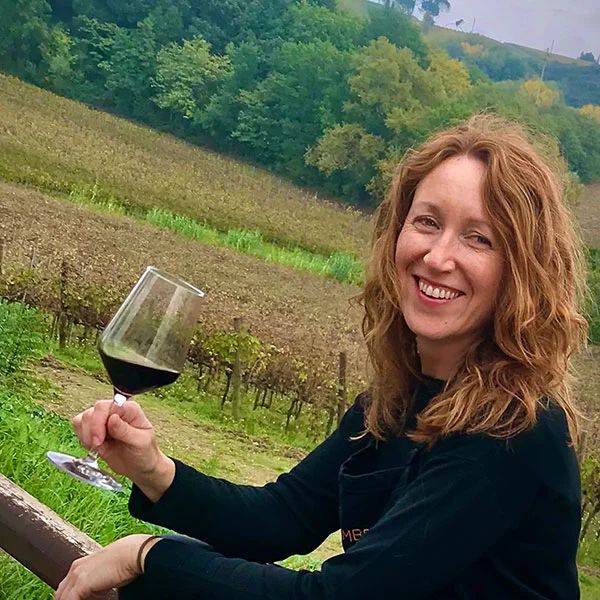
How do you balance running multiple ventures?
“I’ll let you know when I figure it out (haha)! Every year has been completely different since 2020—everything is still quite unpredictable, so I just try to go with the flow. I don’t always balance things well, but I do my best!”
In what ways do you envision the future of Life Italian Style and its impact on promoting Umbrian Food and wine culture?
“I hope to show people that Italy is more than just the big three of Rome, Florence, Venice, and the looming shadow of all things ‘Tuscan’. Umbria is a great place to visit for people who want to experience real-life Italy.”
What would you like people to know about Umbria?
“You can find everything here from quiet countryside escapes to the bustling city life of Perugia, rustic osterias or high-end Michelin-starred restaurants. There are lakes, rivers, mountains, and valleys. We have it all!”

